The Shotmaster range is a small camera line-up from Ricoh that is very much forgotten and for good reasons – they never spark any interests. However, there’s one particular model I found that stands out from the rest of the seemingly un-inspiring cameras in the line-up. That being the Ricoh Shotmaster Ultra Zoom Super, also known as the Ricoh FF-20 in the Japan market.
Aside from the ridiculously long name, there’s a lot I love about this camera. First, I’m very fond of the design, it’s understated and minimal, it reminds me a lot of the Nikon AF600. Also, the lens has a rather unconventional focal length of 32mm – 64mm, which is very uncommon as most point and shoot start at 38/35/28mm. I found the 32mm focal length a right balance between the standard 35mm and wide 28mm. It lets you get a little bit more of the scene without too much of the distortion you might get from a wide 28mm angle.
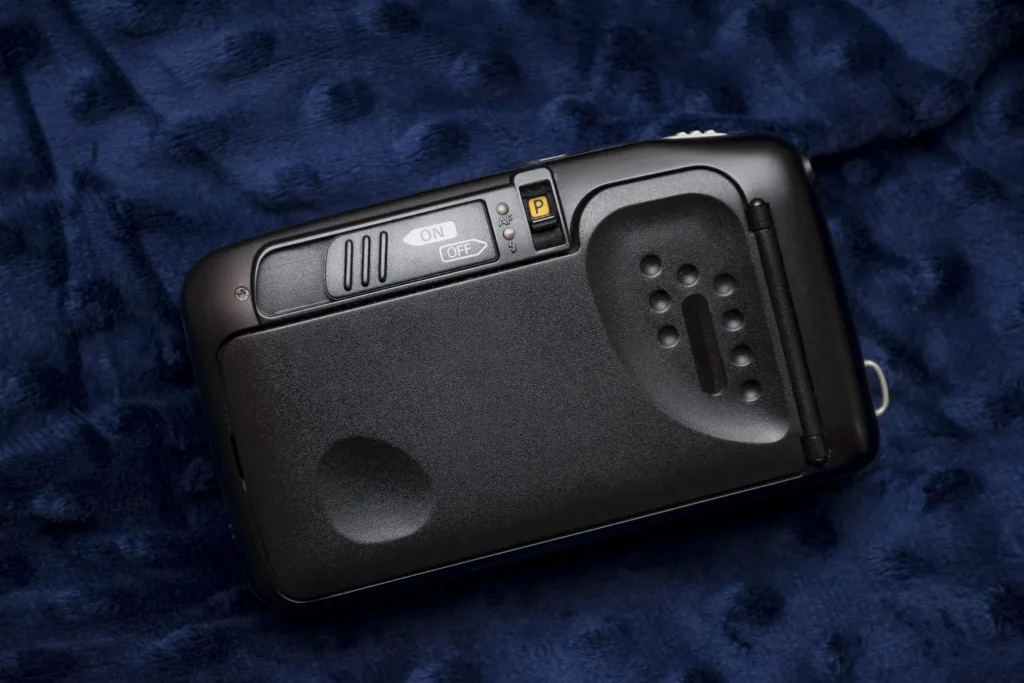
Moving on to the back of the Ricoh Shotmaster Ultra Zoom Super, there’s the typical LED indicators, a panorama level and a protective viewfinder cover that acts as an on/off switch. I really like the power switch, not only that it feels different but it also blends in well with the camera design. The viewfinder of this camera is quite small but it has projected framing lines which is very uncommon for zoom cameras. Also, in panorama mode, instead of masking out the viewfinder, the projected frame lines will adjust to the correct aspect ratio.
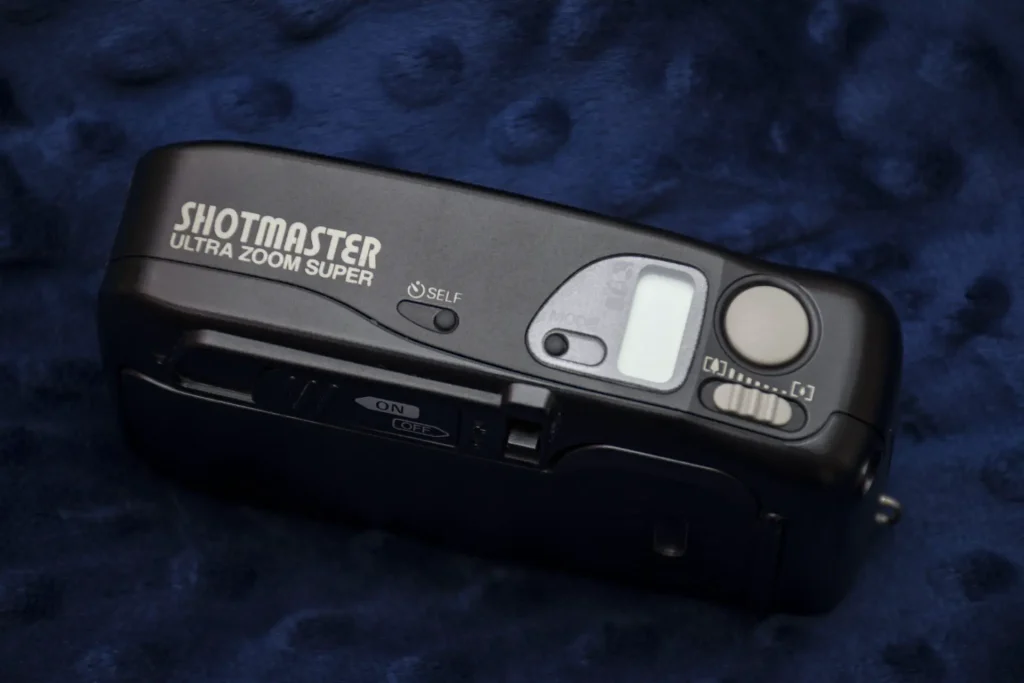
The controls at the top of the Ricoh Shotmaster Ultra Zoom Super are minimal and organized. There’s the self-timer button and the mode button which are easy to press with just your finger. The shutter button is big and responsive, it gives a positive half and full press. The camera has all the standard shooting modes you will find on a P&S with some uncommon modes such as: TV mode, continuous shooting and a SUPER night mode.
The way SUPER night mode works is quite interesting, if you are shooting landscapes at night then it will automatically focus to infinity and expose the picture normally. When a person is detected, the camera will first focus to infinity and expose the background, then the camera closes the shutter. Immediately after, the camera will open the shutter again, focus on the person and fire the flash. In essence, the camera does a double exposure that makes sure both the background and the subject are in focus and properly exposed. The SUPER night mode can also be used during the day.
The Ricoh Shotmaster Ultra Zoom Super also has a cable release port which will work well with the night mode by reducing motion blur from pressing the shutter button. Because of the night mode and its portable size, I think this camera is perfect for anyone looking for a compact size camera that capable of taking good flash photographs.
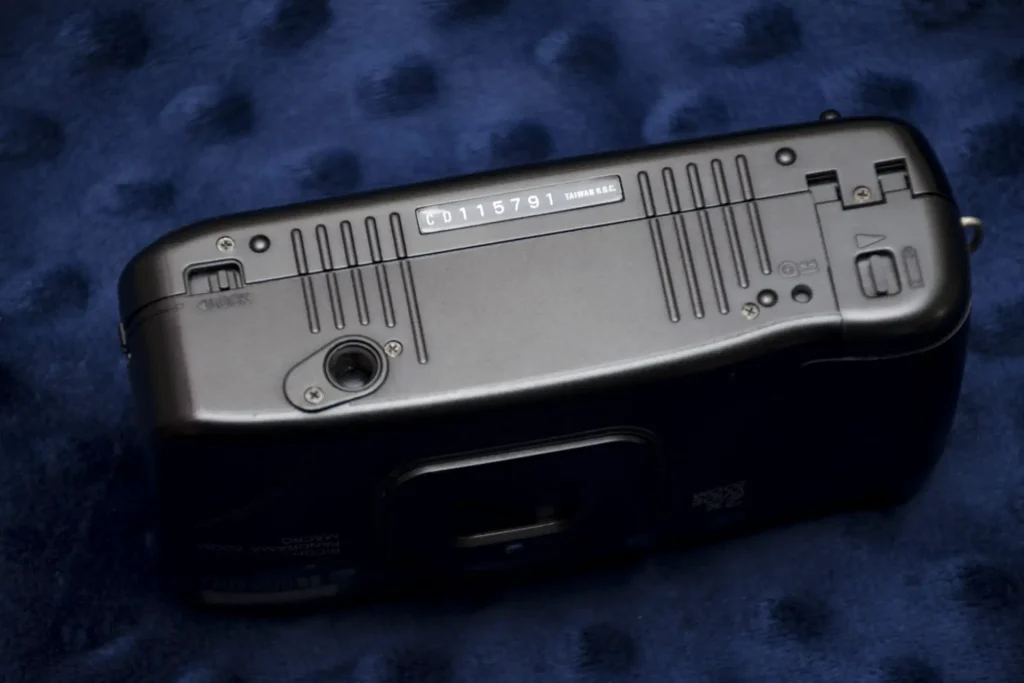
The lens on the Ricoh Shotmaster Ultra Zoom Super is a 32 – 64mm , it’s moderately sharp across its versatile range. In dim lighting such as an overcast day, the lens may exhibit subtle rotating blur effect around the corner. The effect is subtle enough to not be distracting and it does add some interesting quirks to the images. All the photos below were taken with Kodak Ultramax 400 film to give you an idea of how the camera performs.
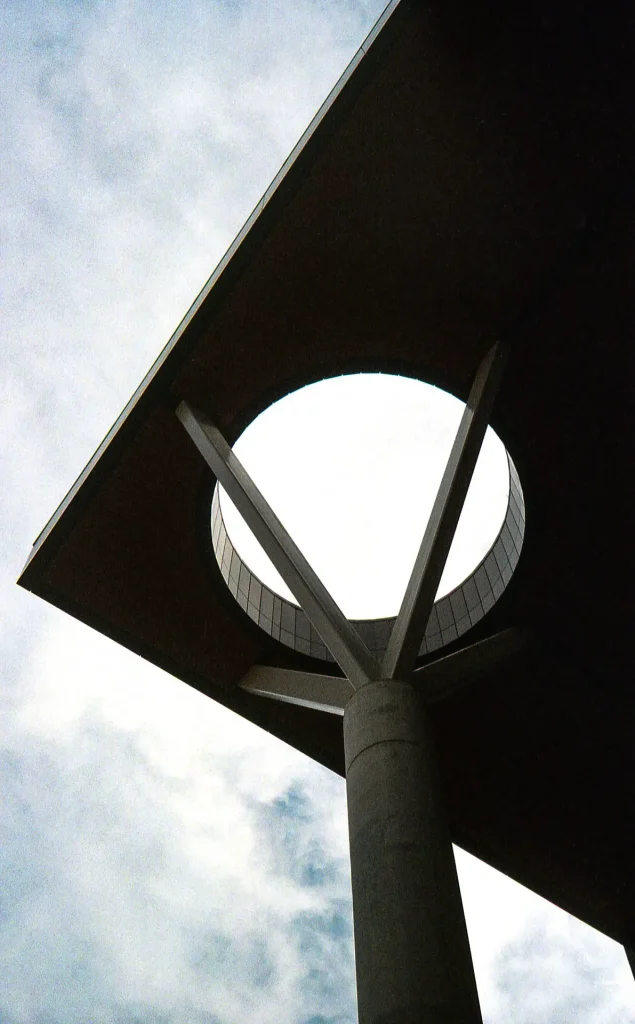


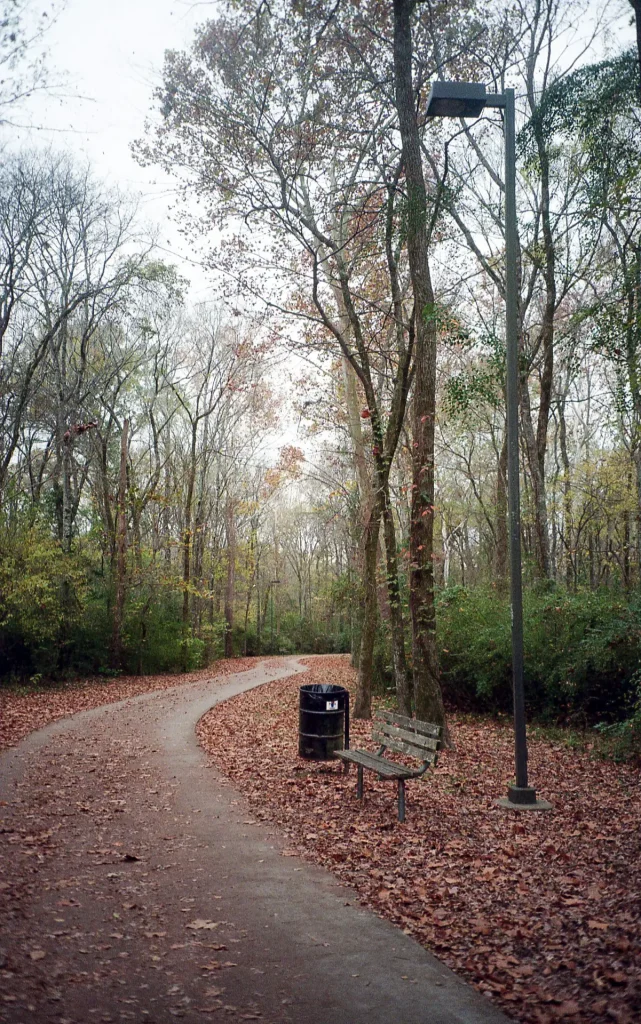

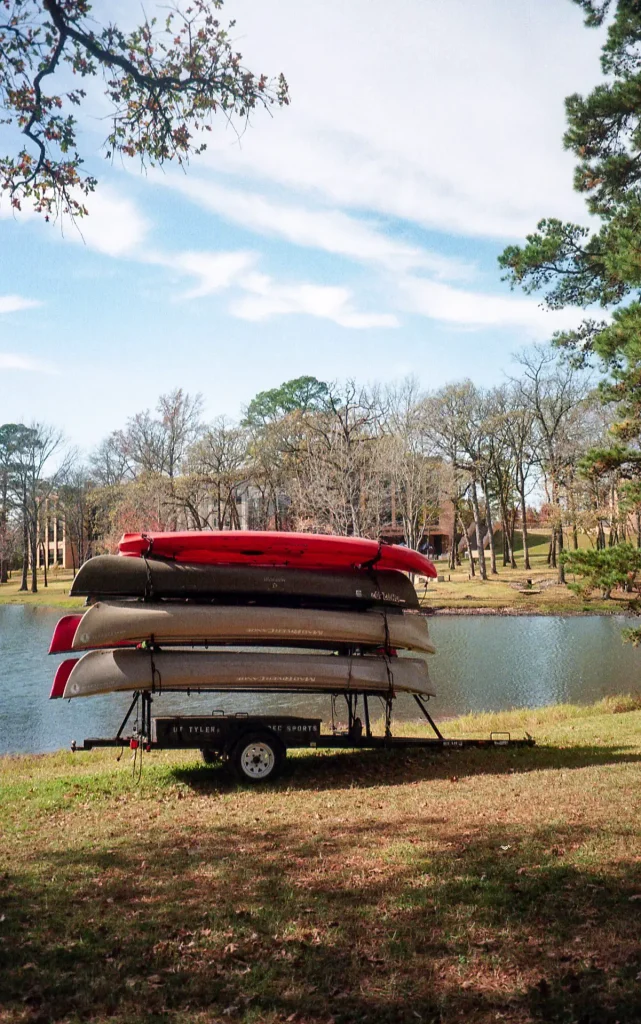

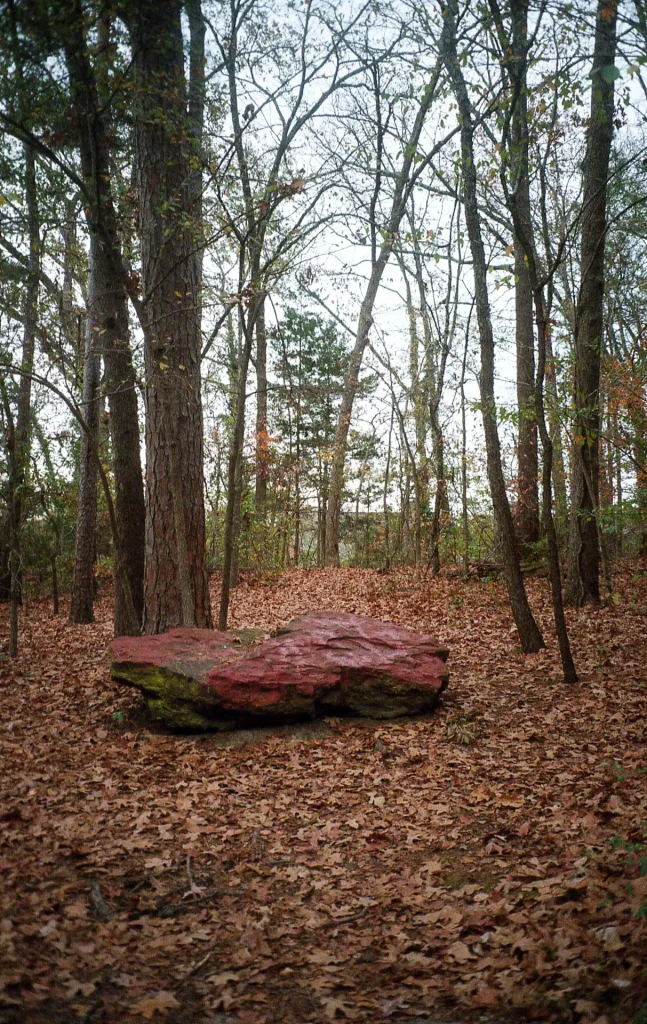
I’m so glad that I discovered the Ricoh Shotmaster Ultra Zoom Super, it was such a joy to use. I can’t emphasize how much I appreciate the form of this little machine. It’s one of those designs that just clicks with me on the first sight. Subtle, streamlined and it just feels so right in the hands. The built quality of this camera is superb, even the noise the motor makes is of high quality. Though not very surprising as I did not expect anything less from reputable camera maker Ricoh.
Share this post:
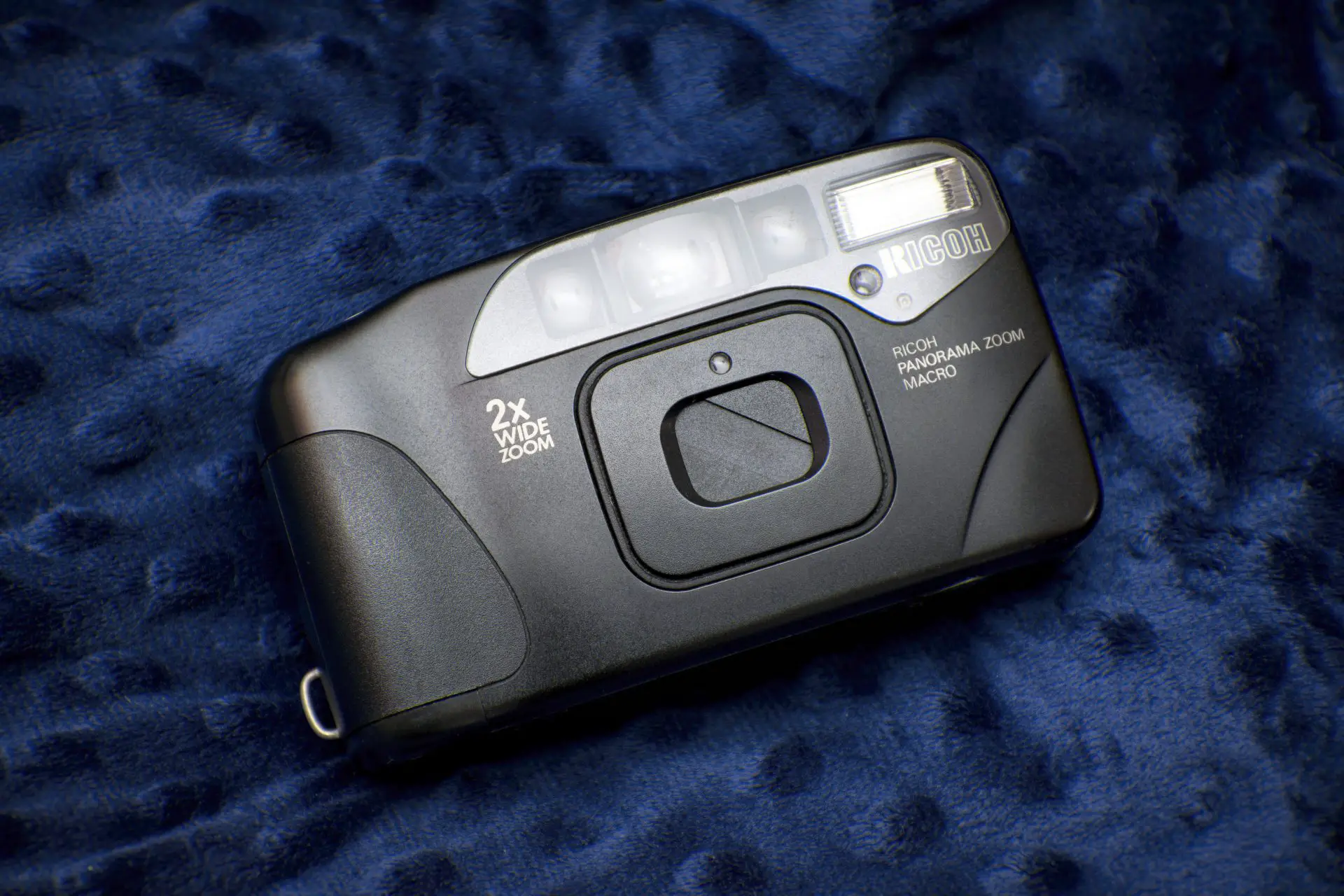


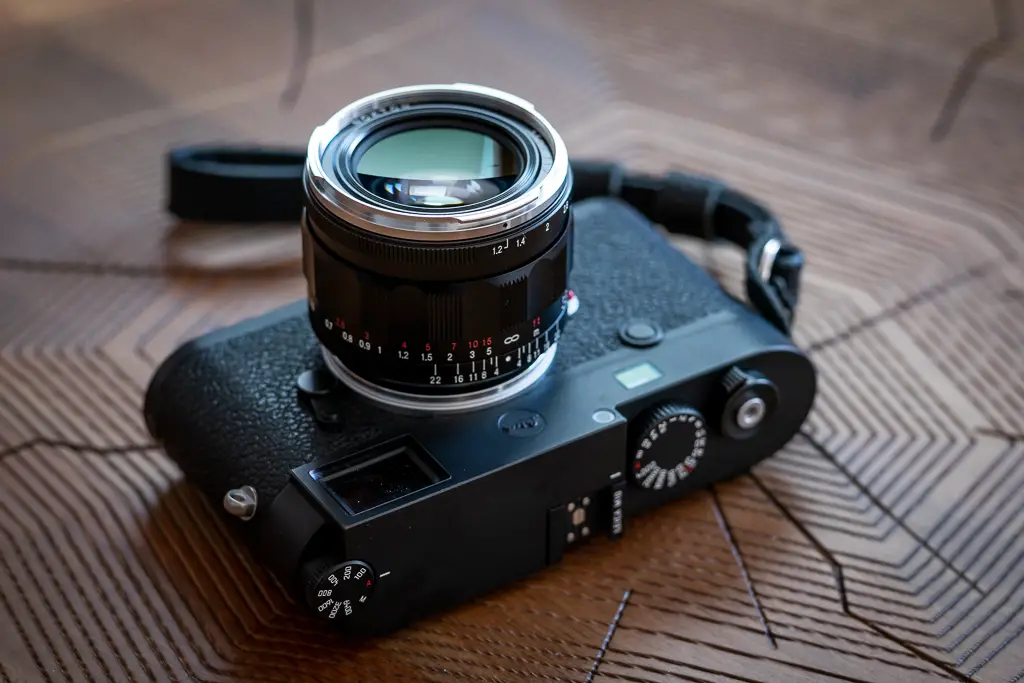





Comments
Gorpalm on Ricoh Shotmaster Ultra Zoom Super Review – A Practical Camera for Flash Photography – By Thang Nguyen
Comment posted: 15/01/2021
Comment posted: 15/01/2021
Comment posted: 15/01/2021
Mats on Ricoh Shotmaster Ultra Zoom Super Review – A Practical Camera for Flash Photography – By Thang Nguyen
Comment posted: 18/01/2021
Keep up the good work of reviewing these obscure, unsung cameras Thang!
Comment posted: 18/01/2021